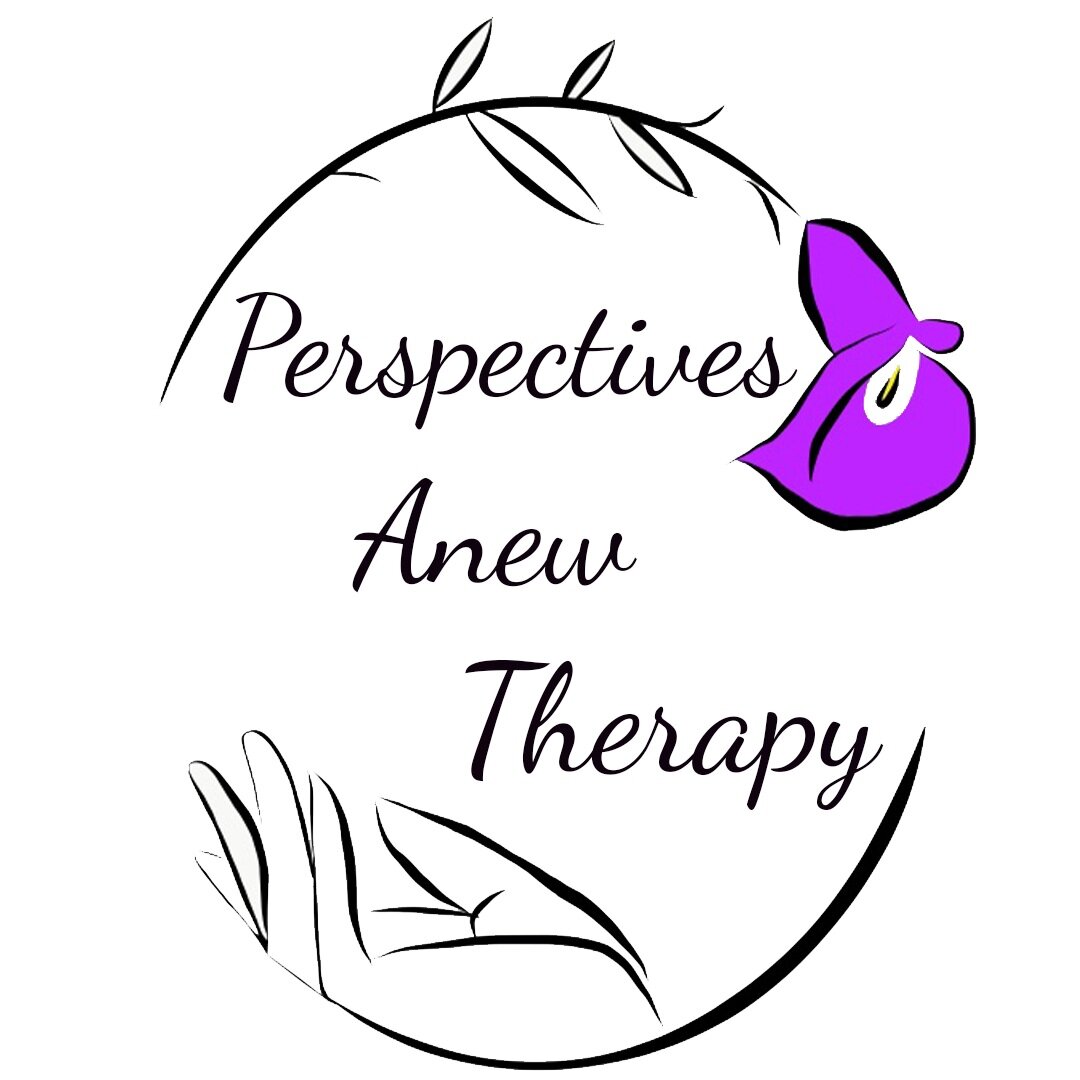Panic Disorder
Panic disorder is defined as sudden fear, discomfort, or sense of losing control when there is no clear danger that results in frequent and unexpected panic attacks. The frequent occurrence of panic attacks happen “out of the blue,” whereas anxiety attacks gradually build up in intensity. Having a panic attack does not mean that a person will develop panic disorder, however it is something to be aware of and seek treatment for if panic attacks continue. Panic attacks cause a person to experience an impending sense of doom, a fear of dying, “going crazy,” and again losing control.
Those living with panic disorder frequently fear having another panic attack and may revolve their life around avoiding one. Physical symptoms of panic attacks include feeling as if you’re having a heart attack, trembling, and rapid heart rate. Panic attacks can range from occurring multiple times a day to a few times a year. Typically, panic disorder starts to develop as a late teenager or early adulthood with women being more likely to develop the disorder.
Signs and symptoms of panic disorder include being fearful or avoiding places where panic attacks have occurred before, racing heart, chills, sweating, trembling, loss of breath, dizziness, paresthesia or numbness, chest pain, and nausea. Additional symptoms include derealization which is the feeling of unreality, depersonalization which is defined as feeling detached from oneself, and a fear of dying. When a person experiences their first panic attack it is typically due to a distressing or highly stressful event, however most individuals who have at least one panic attack do not develop panic disorder.
There are two specific theories as to why panic disorder develops with the first one being the Cognitive Theory of Panic. This theory proposes that people living with panic disorder are hypersensitive to their bodily sensations and have a tendency to catastrophize the meaning of sensations. One may think they are having a heart attack because their heart is racing and the automatic thought of “I’m having a heart attack” triggers a panic attack. The second theory, Comprehensive Learning Theory of Panic Disorder, states that panic attacks become associated with initially neutral internal and external cues through a conditioning process.
Panic disorder is a treatable disorder with cognitive behavioral therapy being recommended as the primary treatment option. This form of psychotherapy helps teach people to identify and change the way they think, feel, and behave prior to or during a panic attack. After learning ways to react differently to physical sensations, panic attacks will start to decrease in frequency. Exposure therapy is a cognitive behavioral therapy method focusing on confronting fears and beliefs that become associated with the disorder to help a person participate in events or activities they tend to avoid. Alongside exposure therapy, learning relaxation exercises is highly recommended. Medication can be used as well to help aid in the treatment of panic disorder. Antidepressants, beta-blockers, and anti-anxiety medications can help reduce the physical symptoms of panic attacks.
Source: National Institute of Mental Health
